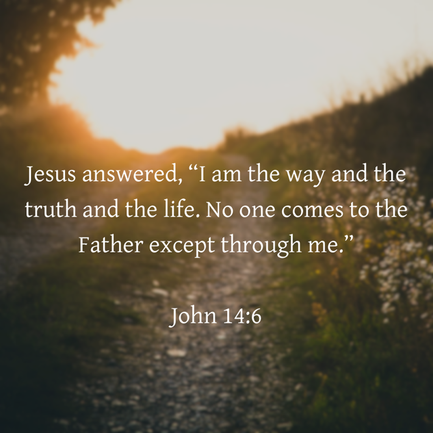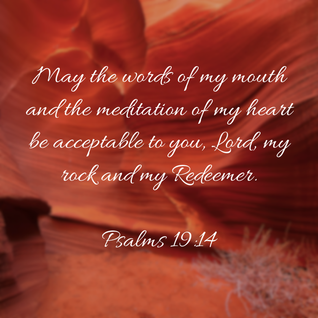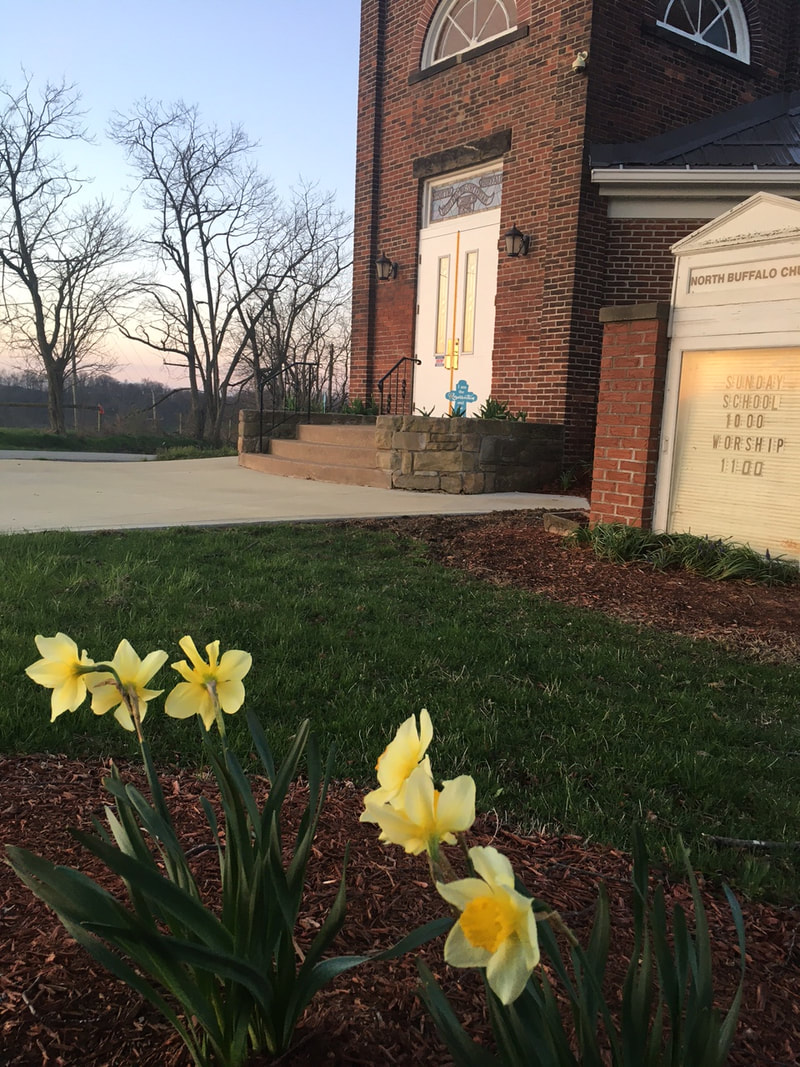|
Good morning! We haven't listened to Alan in a while. Today is the day! When we gathered in person, we usually shared our joys and concerns with each other. Think over your past week. What brought you joy? What made you feel thankful? What made you feel worried? Who do you feel the urge to pray for? If you have something you feel comfortable sharing publicly, and that you would like us all to pray for, you can add it as a comment to this post. The guided prayer below is adapted from this prayer from individual. Oh heavenly Lord, You are the Almighty Lord, Creator of heaven and earth. You are our hope and salvation. You know our struggles, our pain. Today we pray for… [pray here for each item from above] Here, now, we rest in you. We know we can ask you to change things. But if we must change first, help us. We can’t do it alone. You are the Almighty Lord, Creator of heaven and earth. You are our hope and salvation. We bow down to your will And invoke your Holy Spirit to take control of our lives. Renew us, restore us. Give us courage and patience. Let your mercy be our guide. Amen. I would love some help with some aspects of setting up Sunday School! If you come across a guided prayer, or a prayer you think could be adapted to work here, please send it to the church's email. Also, ideas for hymns would be very helpful, whether it is a specific hymn, or a singer. The lesson below is from our Adult Sunday School book. Any scripture references have been linked to an online text, and are bold, underlined words. Simply click on the scripture to open the text in another window. As you read, you may have things you would like to share. This week, the introduction is particularly thought-provoking, and I think it would be interesting for us all to share our thoughts on it! You can create a comment at the end of the lesson. This week's lesson is on John 14:1-14. Introduction: What Does God Look Like? "What does God look like?" This is a classic question -- asked by children and adults, believers, and skeptics alike. It is a theme of celebrated novels and popular movies. Deep inside we often think God looks like us -- perhaps due to our reading Genesis 1:26 a certain way -- but older and wiser. On the other hand, when we realize that, "God is spirit," (John 4:24), it means he is invisible (1 Timothy 1:17; Colossians 1:15). He may allow created beings to see manifestations of himself at times (Exodus 24:9-11; Revelation 22:3-4; etc), but we cannot see his true essence (1 Timothy 6:16). To ask the question, "What does God look like?" is therefore not legitimate. Since that question shouldn't be asked, what about the question, "Would you like to see God?" You might answer no because nobody can see God's face and live (Exodus 33:20). Or you might answer yes because when Christ returns, "we shall see him as he is," (1 John 3:2). Jesus' interaction with one of his disciples helps us sort through this yes-and-no desire. Lesson Context Of the New Testament's four Gospels, John's is the most distinctive. All four agree that Jesus is the Son of God, the Messiah. When telling the gospel story, Matthew, Mark, and Luke narrate many of the same episodes, usually with very similar words. John's Gospel shares much less material with the other three and offers many teachings that are not found elsewhere. He tells of extended conversations between Jesus and his opponents, as well as between Jesus and his followers. These provide perspective on Jesus' identity and mission as the divine Son of God who became human. John connects these conversations to Jesus' miracles, which John calls, "signs," (John 4:48; 20:30; etc) to emphasize that they point to Jesus' identity and mission. Like the other Gospels, John arranges his material to focus on Jesus' death and resurrection, in which we see Jesus' mission come to its amazing fulfillment. Our lesson text comes near the beginning of the chapters in John's Gospel that focus on Jesus' words and actions on the night before his crucifixion (John 13-18). Much of this material is Jesus' private teaching to his followers. Hanging over the discourse is the shadow of Jesus' looming crucifixion (John 13:1). By what seems to be Satan's defeat of Jesus (John 13:21-27; John 19:16-30), is actually Jesus' defeat of Satan. Though Jesus would no longer be present as he had been, his followers would not be alone, for Jesus promised to send God's Holy Spirit (John 14:16-17, 26). By the Spirit's power, they would continue the work that God had begun in Jesus (John 16:7-14). This section of John begins as Jesus washed his disciples' feet. This was to show them, in part, that in his death he, their Lord, would be serving them (John 13:1-17). As Jesus brought his teaching to a close, he prayed for his followers, asking the Father especially that they be unified as he and the Father are unified (John 17:6-26). As Jesus was arrested in the Garden of Gethesemane, he was willingly surrendering to a death that would free his disciples from the guilt of sin (John 18:2-9). Lesson When we gather in person, we discuss the scripture lesson together. This can include memories of learning about this topic before, connections to our lives, and questions the text raises. Take some time to think about each question below, especially as it relates to the text and to your life. If you are reading the lesson with someone else, discuss your thoughts together. These questions can be very hard. There is usually not one right answer. If you would like, you can share your thoughts, ideas and questions as a comment below this lesson.
Article: Like Father, Like Son My maternal grandfather died before I was born. I learned about him through family stories and old family albums. But hearing stories and seeing old pictures are not the same thing as making my own memories with him. One day when I told my mother of how I wished I'd known her father, she tried to comfort me with more stores about him. Then she shared how much her eldest brother was like her father: in their facial features, their laugh and sense of humor, and their handiness. From that day forward, I tried to spend more time with my uncle. Getting to know him seemed to be as close as I could get to knowing my grandfather. My uncle may have been a close reflection of my grandfather, but Jesus is the exact image of God the Father. We can know God better by reflecting on the life and words of Jesus Christ in Scripture. Jesus reveals the very nature of God. Conclusion In Jesus of Nazareth, we indeed see God! Fully human and fully divine, Jesus spoke and acted with authority that belongs to God alone. For this reason, his followers came to understand that God was personally present in Jesus. The God who is incarnate in Jesus is patient, as Jesus was patient with his disciples. He is just, as Jesus was just with the mighty and the lowly. He is gracious, generous, and merciful beyond comparison, as Jesus willingly gave his life for the unworthy, even for his enemies. To know Jesus is to know God. To reject Jesus is to reject God. To follow God's path of wisdom is to follow in the path of Jesus, to love and serve as he did. Prayer Heavenly Father, as you are revealed to us in Jesus, empower us by the Holy Spirit to live according to the pattern you set forth so others see you in us. In Jesus' name we pray. Amen. Benediction This week's benediction is from the Christian Standard Bible. Next week's lesson will be on James 1:1-11.
0 Comments
Leave a Reply. |
AuthorWe are a small, rural Presbyterian church in southwestern Pennsylvania. Archives
July 2024
Categories
All
|



 RSS Feed
RSS Feed